Hamid Reza Marateb
A Comprehensive Review of Myoelectric Prosthesis Control
Dec 25, 2021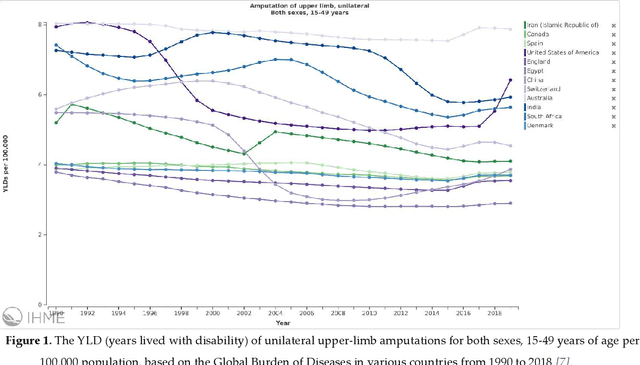
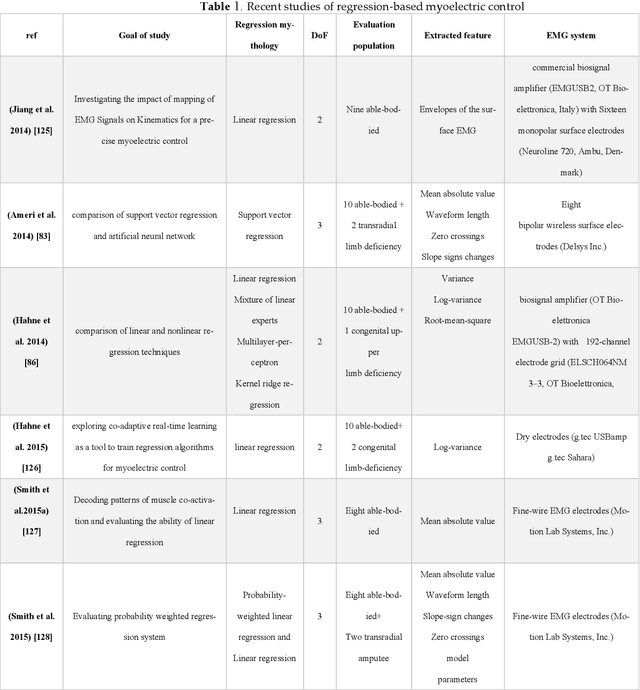
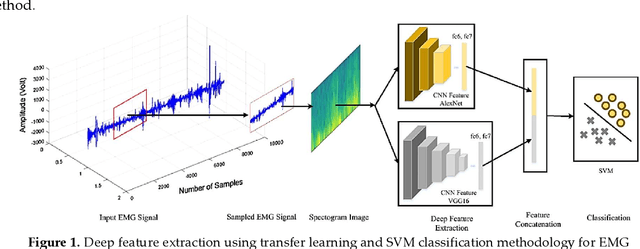

Abstract:Prosthetic hands can be used to support upper-body amputees. Myoelectric prosthesis, one of the externally-powered active prosthesis categories, requires proper processing units in addition to recording electrodes and instrumentation amplifiers. In this paper, the following myoelectric prosthesis control methods were discussed in detail: On-off and finite-state, proportional, direct, and posture, simultaneous, classification and regression-based control, and deep learning methods. Myoelectric control performance indices, such as completion time and rate, throughput, lag, and path length, were reviewed. The advantages and disadvantages of the control methods were also discussed. Some of myoelectric prosthesis control's significant challenges are comfort, durability, cost, the application of under-sampled signals, and electrode shift. Moreover, the proposed algorithms must be usually tuned after each don and doff, which is not comfortable for the users. Real-time simultaneous and proportional myoelectric control, resampling human's arm, has brought much attention. However, increasing the degree of freedom reduces the overall performance. Applying a 3D printed prosthesis arm and under-sampled electromyographic signals could reduce the fabrication cost and improve the application of such methods in practice. There are many technological and clinical challenges in this area to reduce the prosthesis rejection rate.
Fetal ECG Extraction from Maternal ECG using attention-based Asymmetric CycleGAN
Nov 22, 2020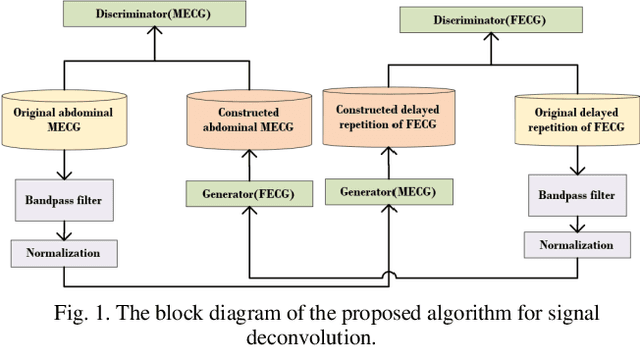
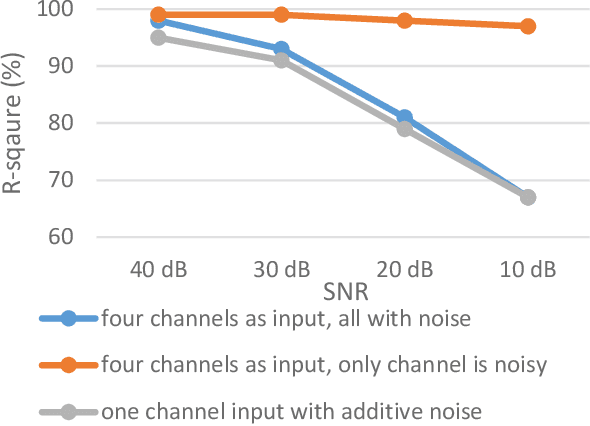
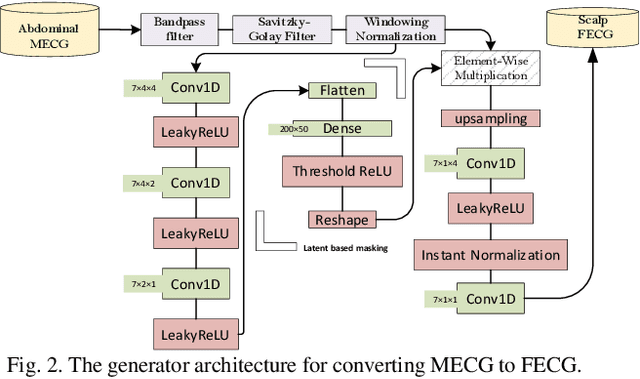
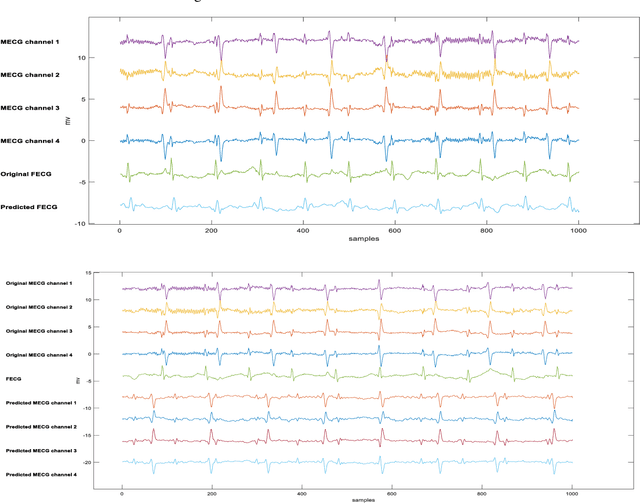
Abstract:Non-invasive fetal electrocardiogram (FECG) is used to monitor the electrical pulse of the fetal heart. Decomposing the FECG signal from maternal ECG (MECG) is a challenging problem due to the low amplitude of FECG, the overlap of R waves, and the potential exposure to noise from different sources. Traditional decomposition techniques, such as adaptive filters, require tuning, alignment, or pre-configuration, such as modeling the noise or desired signal. In this paper, a modified Cycle Generative Adversarial Network (CycleGAN) is introduced to map signal domains efficiently. The high correlation between maternal and fetal ECG parts decreases the performance of convolution layers. Therefore, masking attention layer which is inspired by the latent vector is implemented to improve generators. Three available datasets from the Physionet, including A&D FECG, NI-FECG and NI-FECG challenge, and one synthetic dataset using FECGSYN toolbox are used for evaluating the performance. The proposed method could map abdominal MECG to scalp FECG with an average 97.2% R-Square [CI 95%: 97.1, 97.2] and 7.8 +- 1.9 [CI 95% 6.13-9.47] Wavelet Energy based Diagnostic Distortion on A&D FECG dataset. Moreover, it achieved 99.4% [CI 95%: 97.8, 99.6], 99.3% [CI 95%: 97.5, 99.5] and 97.2% [CI 95%:93.3%, 97.1%] F1-score for QRS detection in A&D FECG, NI-FECG and NI-FECG challenge datasets, respectively. Finally, the generated synthetic dataset is used for investigating the effect of maternal and fetal heart rates on the proposed method. These results are comparable to the-state-of-the-art and has thus a potential of being a new algorithm for FECG extraction.
 Add to Chrome
Add to Chrome Add to Firefox
Add to Firefox Add to Edge
Add to Edge